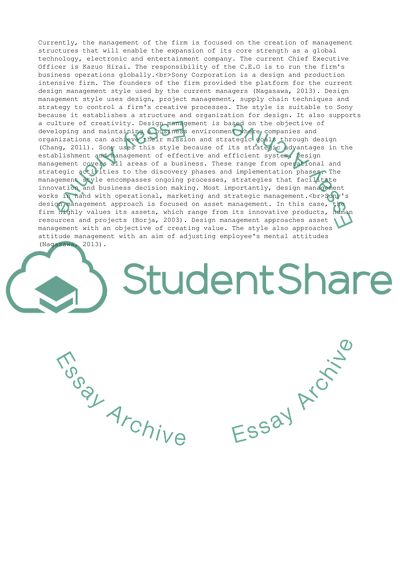Cite this document
(“Management Style Essay Example | Topics and Well Written Essays - 1250 words”, n.d.)
Management Style Essay Example | Topics and Well Written Essays - 1250 words. Retrieved from https://studentshare.org/management/1657730-management-style
Management Style Essay Example | Topics and Well Written Essays - 1250 words. Retrieved from https://studentshare.org/management/1657730-management-style
(Management Style Essay Example | Topics and Well Written Essays - 1250 Words)
Management Style Essay Example | Topics and Well Written Essays - 1250 Words. https://studentshare.org/management/1657730-management-style.
Management Style Essay Example | Topics and Well Written Essays - 1250 Words. https://studentshare.org/management/1657730-management-style.
“Management Style Essay Example | Topics and Well Written Essays - 1250 Words”, n.d. https://studentshare.org/management/1657730-management-style.


